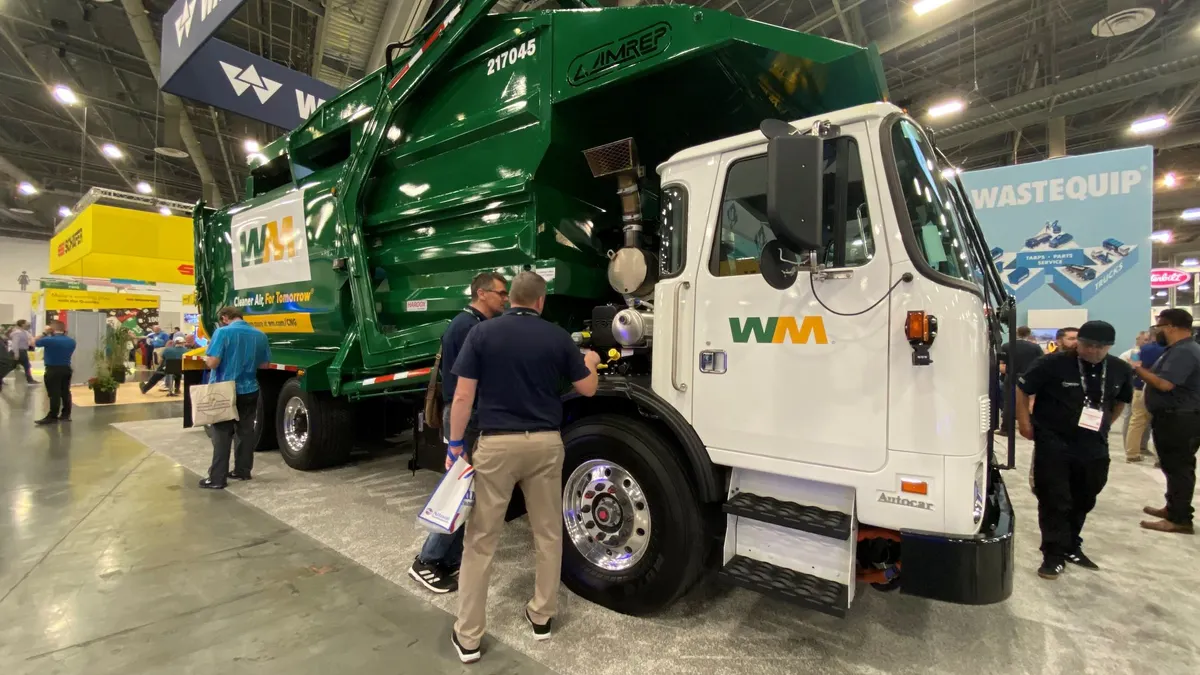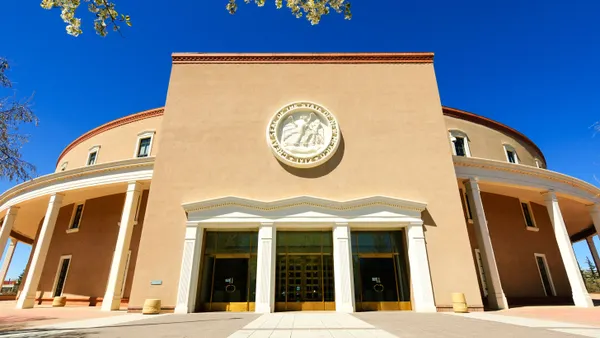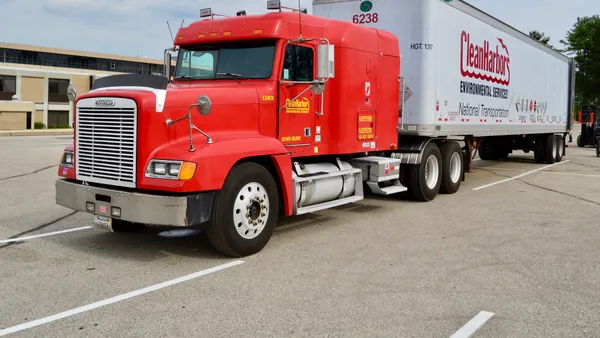Widely available, suitable for many applications and fully interchangeable with traditional natural gas — renewable natural gas (RNG) is a viable option for reducing emissions and meeting communities’ energy needs. The transportation sector and utilities have reaped the benefits of RNG by using it directly via California’s Low Carbon Fuel Standard (LCFS) Program, but any business seeking to reduce its carbon footprint and achieve publicly announced climate goals can include RNG in its sustainability efforts.
Through voluntary carbon markets (VCMs), businesses, organizations and individuals can buy carbon credits to offset their emissions, supporting projects that reduce or remove greenhouse gases from the atmosphere. Third-party organizations like M-RETS issue Renewable Thermal Certificates (RTCs), which represent the environmental attributes linked to the generation and use of renewable thermal energy. RTCs serve as a market mechanism that verifies the environmental benefits associated with producing cellulosic biofuels such as RNG.
When organic waste naturally decomposes, it releases methane, a harmful greenhouse gas with 28 times greater global warming potential than carbon dioxide (CO2). RNG projects capture and recover methane generated by a landfill or anaerobic digesters handling food waste, animal manure or wastewater sludge. Once scrubbed of CO2 and other contaminants, RNG may be upgraded to pipeline quality, injected into existing natural gas pipelines and used interchangeably with traditional natural gas.
This wide applicability makes RNG a reliable source of carbon credits like RTCs, which forward-thinking companies can purchase as part of their sustainability efforts. Despite a changing regulatory environment, companies are seeking options for meeting their climate goals and RNG can be an important part of their portfolio of solutions.
Let’s answer three key questions about how RNG and voluntary markets can meet sustainability goals:
1. How is RNG part of voluntary procurement?
RNG is currently an important part of compliance programs. RNG qualifies for Renewable Identification Numbers (RINs) through the U.S. EPA’s Renewable Fuel Standard (RFS) program, and these credits can be bought and traded. California’s LCFS program also provides economic incentives for RNG producers, provided the gas is dispensed into California’s transportation market. In some cases, RNG projects may yield negative carbon intensity scores, resulting in the highest-tier credit values on the LCFS market.
But RNG can play a bigger role in carbon offset efforts via the voluntary market. RTCs are poised to mature as more companies seek to reduce their emissions and as states like California, Oregon and Washington implement cap-and-trade programs. Long-term offtake contracts also present an attractive opportunity for private companies.
“The voluntary carbon credit market aims to offset, through reduction, removal or avoidance, the emissions from an organization,” says Drew Puchot, Environmental Broker at LPS Futures. “Long-term fixed contracts allow both buyers and sellers to have price certainty and a better understanding of the market risk and opportunity cost.”
These types of agreements are growing — for example, AstraZeneca signed a 15-year agreement for RNG procurement with Vanguard Renewables, and the University of California system is also buying RNG and associated environmental attributes to meet its decarbonization goals.
Companies that operate data centers, which use extensive amounts of power, may also benefit from acting as offtakers. A Microsoft data center in California will use RNG to power a microgrid that will provide backup energy during outages or when demand on the grid is too high. Microsoft is also purchasing carbon credits to further offset its emissions. These arrangements provide quantifiable benefits for companies looking to reduce their carbon footprint.
2. How can RNG help a company to decarbonize?
RNG can be considered carbon neutral because it’s produced from organic sources, such as food waste. While burning RNG releases CO2, the carbon was recently taken from the atmosphere by plants, making the process a closed-carbon cycle. And, because RNG projects capture methane from organic waste that would otherwise be released into the atmosphere, it’s a powerful approach for cutting overall GHG emissions.
Companies that are RNG offtakers can therefore use RNG to reduce Scope 1, 2 or 3 emissions. “Since RNG is methane that would otherwise be released, it’s reasonable for companies to see it as a reduction of their Scope 1 emissions if they use it directly,” says Puchot. This is especially valuable for hard-to-abate industries like steel and cement production that use high amounts of thermal energy.
“It can reduce Scope 2 emissions if burned to generate power, and its use in transportation means a potential reduction of a company’s Scope 3 emissions,” Puchot adds. Essentially, if companies agree to participate in voluntary procurement programs through their utility, they can buy power generated by RNG and reduce their Scope 2 emissions.
California, Oregon and Nevada have already introduced voluntary RNG procurement targets for their public utility commissions, and gas utilities nationwide have voluntary programs. And if a company’s suppliers use RNG in transportation, that means fewer Scope 3 emissions as well.
3. What does the future of the RNG market look like?
The outlook for continued growth in the biogas or RNG market is positive due to its availability and drop-in nature with existing infrastructure. Nearly 500 facilities produce RNG today, and there are ample opportunities for expansion considering the variety of feedstocks.
Food waste is an increasing source of RNG, particularly as organic recycling regulations require the diversion of food waste from landfills. SJI, for example, is constructing a large-scale facility in Linden, New Jersey, that will convert food waste to RNG via anaerobic digestors. This facility is designed to process over 1,400 tons of organic waste per day, making it one of the largest food waste-to-RNG facilities in North America.
Likewise, a growing number of landfills are collaborating with RNG developers to capture landfill gas. SJI currently has two landfill gas-to-RNG facilities under construction in New Jersey, which are expected to produce a significant amount of RNG each year when operational. More agricultural operations can contribute to supply, namely small- and medium-sized farms. Many already are producing RNG — the SJI and SJI Renewable Energy Ventures (SJI REV) portfolio currently includes 10 operational dairy farms actively producing RNG and injecting it into existing pipelines.
The ability to use RNG directly is also extremely important because it means it can be used without large capital expenditures in new infrastructure. This is useful for hard-to-abate sectors that need high heat, and it’s been a key factor in the sector’s growth in recent years.
A recent study expects supply in the U.S. to triple in the next decade to meet rising demand, and that means RNG is a reliable tool for emissions reduction for years to come.
Achieving sustainability goals with RNG
Despite current regulatory uncertainty, the private sector is forging ahead with environmental goals. At the same time, public utilities are seeking to decarbonize while maintaining least-cost requirements. As we get closer to 2030 and many companies’ decarbonization deadlines, it’s more important than ever for them to make progress on reducing their emissions, and RNG credits and offtake contracts on the voluntary market are an effective part of those efforts.
For companies aiming to comply with their public pledges and reduce their environmental impact, RNG provides long-term advantages and stability. Offtakers can enter contracts with producers and directly impact the planning, execution and reliability of an RNG project, which provides benefits for years to come.
Learn more about SJI’s renewable natural gas investments and commitment to a cleaner energy future.










